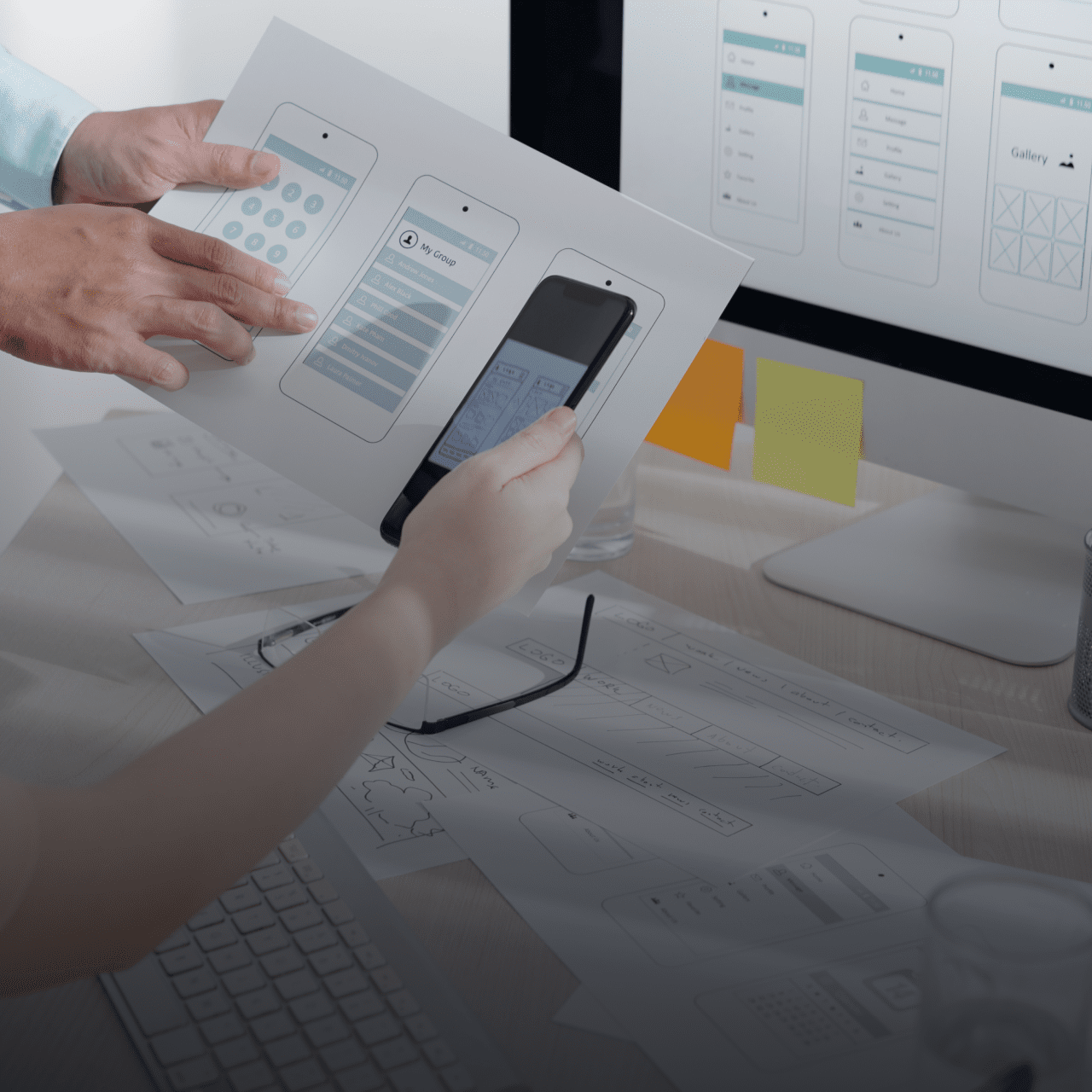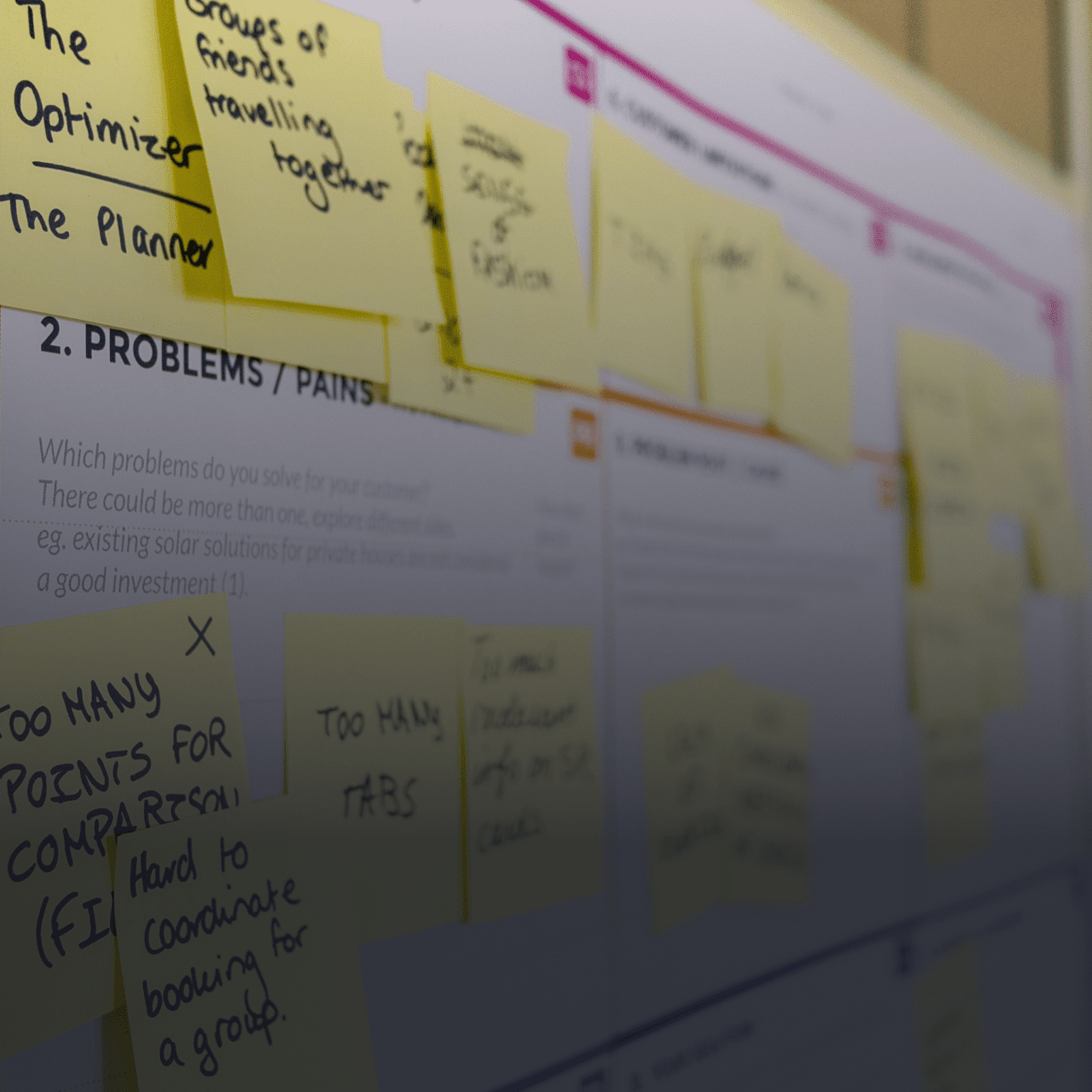Creativity in a conventional sense is creating new and unique ideas, that are out of the box and abstract in a way, and can be considered as one of its kind.
What is creativity in UI/UX design?
Creativity in UI/UX does not primarily have to be an out of the box idea, because unlike departments like marketing and advertising the main goal of UI/UX is not to grab the attention of users, rather a designer must be able to fulfill the requirements of users based on the features and functionalities that an application or website might require.
The main focus of a UI/UX designer must be on creating interfaces and designs that a user can easily connect with. To achieve such a task, simplicity and ease of access are key elements. An Interface designer must have the ability to come up with various unique ideas and change them to create a more convenient design for users.
Before focusing on creating new designs a designer must make sure to have a very strong understanding of key concepts like Colour theory, Contrast, Negative spacing, Visual hierarchy, Typography, etc., and understanding of technical terminology since it makes communication convenient with users and clients.
Decluttering your ideas and learning to simplify unique ideas so that it is a perfect match for any specific application is also an important path to achieve an innovative design.
In layman’s terms, it can be said that creativity in UI/UX is not just throwing abstract and unique ideas and creating an eye-catching or unexpected design. It involves working on an idea and communicating with the client simultaneously to create a beautiful and visually pleasing experience, such that it is not too complicated for the users to access.
What is a creative crunch?
As stated above, a creativity-based design in UI/UX does not have to be a predominantly unique design. Simple, precise, and clean designs are more preferred for interface designs since they have the capability to improve the overall accessibility of any application.

However, this approach of creating precise and minimal designs for users results in repetitive designs. Designers end up following the same trends creating an onslaught of similar design patterns throughout platforms and applications. More often than not in the recent design atmosphere, designers avoid creating an unconventionally loud design that might add an element of surprise or uniqueness in their designs. This culture of following the general trends has eventually led to a lack of innovative designs interfaces.
Even though, creating easily accessible designs is a must. Designers must still willingly take small risks with their designs, to bring an element of innovation and uniqueness to their work. They can still choose to create small changes to the overall designs, like placing minuscule easter eggs within the design elements that are not usually present in other applications.
There could be small animations, drip effects, different card shapes rather than conventional square or rectangle designs, loud typography, or bold colors. Adding personal touches to brands or creating storyboards can also help in connecting with users simultaneously adding a unique touch to the interface.
UI/UX designs have too much left to explore and a lot of experimenting can be done while sticking to the basic rules and maintaining the general ease of access for users.
Finding Inspiration in Daily life
Sometimes design inspiration can be found in the most unconventional spaces, inspiration can strike at the most random of times and designers must always be ready to make note of various designs and ideas.
There can be various inspiration sources around us that can help in creating an innovative and unique design. Music and Art can be considered as one of the most conventional inspiration sources and can help designers define the mood of any design. Music and Art can also bring forth creative ideas that are a bit more unique and personalized. Such designs also tend to be more cohesive.
Music and Art however are not the only inspiration sources, everyday objects like packaged articles, food, rugs, furniture, fabric textures, etc., can also sometimes help in coming up with an innovative idea that can be transformed into a perfect interface.
Designers can also seek inspiration in conventional spaces like Fashion trends, Interior design, Vintage objects, Architectural designs, Photography trends, etc., as they are visually pleasing to the eye and can help in creating mood boards that can be utilized in creating a unique interface.
It is important to understand the brief of a brand or application, and research about it before planning any designs. Sometimes reading about a product, can help come up with a more personally customized design for the brand making the experience unique to the users.
How to practice various design styles and expand your horizon?
- Study design trends that have been dominant over the years.
- Look for different design practices among varied industries that are innovative and can be used as inspiration.
- Keep a lookout for innovative and new designs on platforms like Dribble, Behance, etc. that can help you expand your thought process.
- Challenge yourself by rebranding already established brands, or by recreating designs by other designers while using the same briefs to improve your art style and design understanding.
- Work on various platforms, keep learning new software and be in touch with the latest trends and technologies.
Working as a UI/UX designer does not mean you have to stick to conventional software, design processes, or methods. If you are capable of expanding your comfort zone and creating new designs, you’re moving on the right path. Easily accessible and user-friendly designs do not have to be set design patterns that must be followed, such things can be achieved through innovative and abstract methods as well.
Sometimes, the willingness to take these small risks is the only difference between a good designer and an exceptional one.
References
- https://clutch.co/agencies/ui-ux/resources/why-creativity-matters-in-ux-design
- https://www.uxmatters.com/mt/archives/2009/07/a-practical-guide-to-capturing-creativity-for-ux.php
- https://uxmag.com/articles/creativity-based-research-the-process-of-co-designing-with-users
- https://uxdesign.cc/modern-ux-design-is-killing-creativity-f8ba0ff9a989
- https://uxstudioteam.com/ux-blog/how-to-be-more-creative/
Helpful Blogs
- https://www.productdesignresources.com/ui-design-inspiration-resources
- https://uxplanet.org/9-ui-ux-must-tools-for-designers-df60745d990e
- https://webflow.com/blog/ui-ux-design-tools
- https://squashapps.com/blog/list-of-the-top-ui-ux-design-trends-for-2021/
- https://www.softwaretestinghelp.com/ui-ux-design-trends/
- https://uigarage.net/







